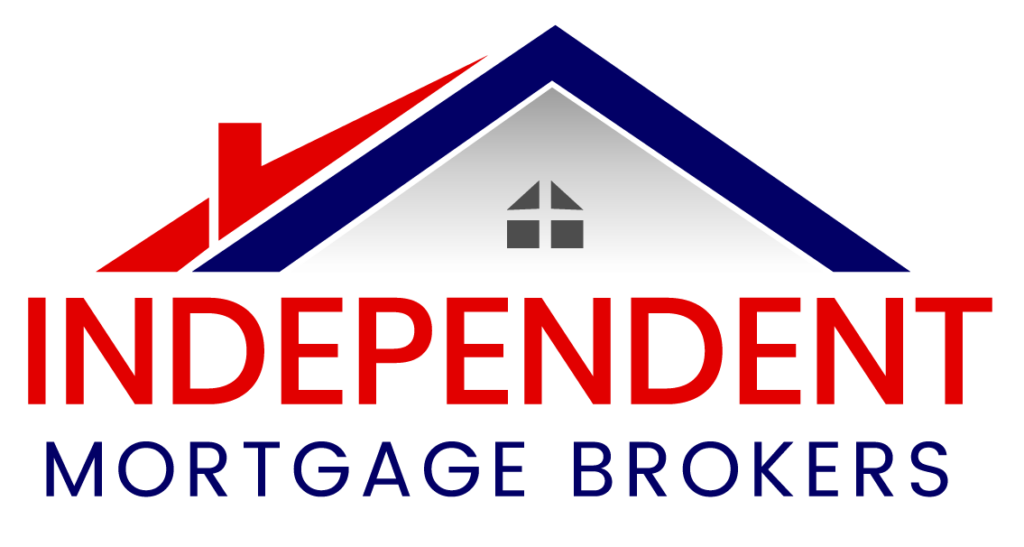Most high street banks and building societies consider day rate contractors as being self-employed and will allow contractors to apply for a buy to let mortgage.
Buy to Let mortgage products tend to be more expensive in terms of interest rates and product fees compared to residential mortgages. This is mainly due to the risk involved in the letting business. However, in recent years the gap in interest rates have narrowed down.
Most mortgage lenders have a stress test which you need to pass in order to secure a mortgage. There are now rules around portfolio landlords who own four or more properties. However, with the right guidance on buy to let mortgages contractors could secure another source of income or even convert you to a portfolio landlord if you are more serious.
As a contractor, investing in buy to let properties could be a feasible option. Since most contractors operate through a limited liability company and get the service of an accountant, you will be able to manage your finances effectively. Even if you are a contractor using an umbrella company or a fixed term contractor (FTC) you have options.
Features of a Buy to Let Mortgage
- Minimum deposit required for a buy to let mortgage is 25%
- The product fees can be higher than residential products
- Several mortgage lenders require a minimum income to apply for a buy to let mortgage
- Most mortgage lenders require you to be an owner occupier
- The affordability on buy to let mortgages will be based on the rental income of the subjected property (Need to pass the stress test)
- Some mortgage lenders offer contractors to use rental income and contracting income as top slicing.
- Flexibility to choose interest only payment mode
- Portfolio landlords may need to provide a business plan and a financial forecast.
Contractor buy to lets as individual Vs buy to let through a limited company
Potential landlords can now invest in a buy to let property through the individual route or invest through a limited liability company (Special Purpose Vehicle (SPV) route).
From April 2020 the tax rules around buy to let have changed for individual investors. The interest they pay is no longer a tax-deductible expense. Therefore, buy to let through a limited liability company (SPV Mortgages) is becoming a popular option among contractors. This has helped some higher rate tax bracket contractors with spare cash to utilise their company funds more tax efficiently.
Both approaches have their own pros and cons. Please talk to a mortgage broker to evaluate your circumstances and decide which approach is more suitable for you. It is advisable that you seek tax advice from an accountant before choosing which approach is most suitable for you.
Different Buy to Let mortgage structures for contractors
Some contractor landlords prefer to go with a fixed mortgage to enable them to know the exact payment while some prefer to go with a tracker or variable rate.
Buy to Let top Slicing for contractors
Several mortgage lenders will allow landlords to use personal income on top of the rental income. Some allow contractors to consider their contractor day rate income when deciding the affordability for Buy to Let mortgages. This helps with top slicing.
When you invest in a buy to let property, you are required to show a minimum deposit of 25% with most mortgage lenders. If you are a self-employed contractor, you will be able to withdraw dividends or a directors’ loan from your business and use that as a deposit. Please talk to your accountant to discuss the implications on your business and your personal tax position if you use company funds.
How is income assessed for a contractor buying a buy to let property?
A contractor who already has a residential mortgage might have the experience that the lender assessed your income considering annualized daily rate income. However, in the context of BTL mortgages, the story is quite different. Most of the lenders look at your SA302 tax calculations and tax overviews. Also, your income tax rate and the expected rental income from the property. Personal income is almost secondary to the above factors.
Inside or Outside IR35: How it affects purchasing a BTL property?
It doesn’t really matter whether you have an inside IR35 or outside IR35 contract. Lenders are still implementing their policies in terms of umbrella company contractors. In the context of the modern BTL mortgage sector, there are several factors, lenders prioritize when determining the affordability and eligibility criteria. Luckily, the type of contract someone holds is not a big concern as of now in the BTL sector compared to the residential mortgage criteria. Therefore, it is important to know what the factors lenders are consider when determining the eligibility for a BTL Mortgage.
Basic Rate Taxpayer or High-Rate Taxpayer
BTL mortgage providers are focused on your income tax rate whether you are a high taxpayer or a low taxpayer. A self-employed daily rate contractor who falls within the basic tax rate, can borrow more sometimes compared to a high taxpayer. However, if you are looking at a fixed deal for 5 years or more, this might not be an issue as lenders anyway allow customers to borrow more with a longer-term deal. On the other hand, there could be potential downsides of a longer-term fixed deal such as not being able to review the mortgage and switch into to cheaper rates, high product fees etc.
Most buy to let properties are not regulated by the financial conduct authority (FCA).
As a mortgage is secured against your home or property, it could be repossessed if you do not keep up the mortgage repayments.
For more info visit site:Bad Credit Mortgage Leeds



